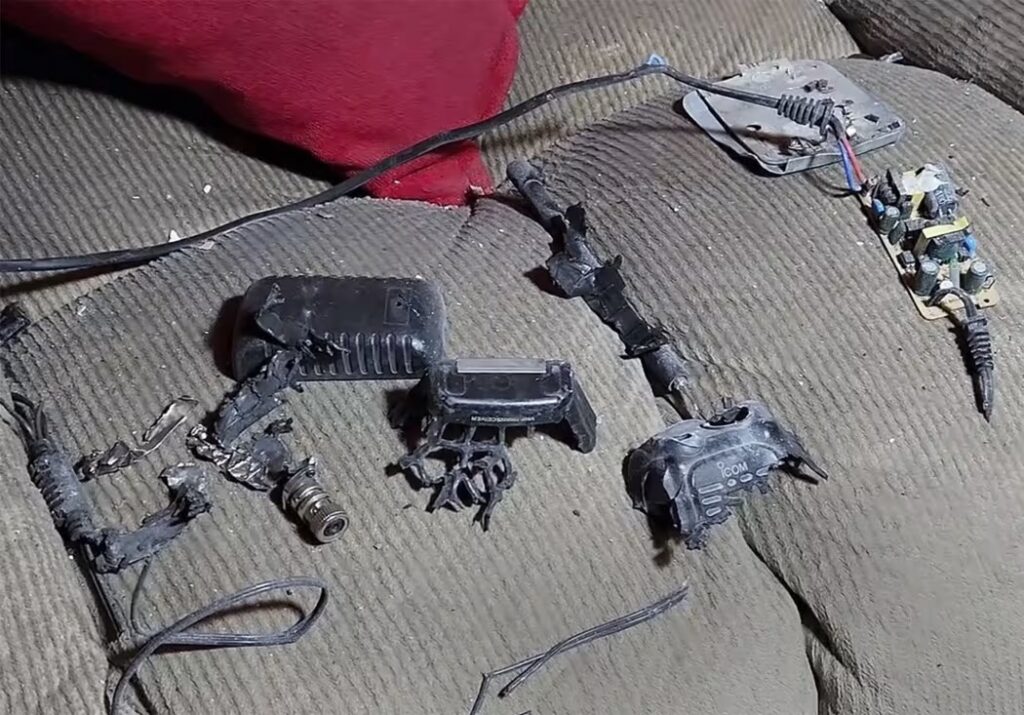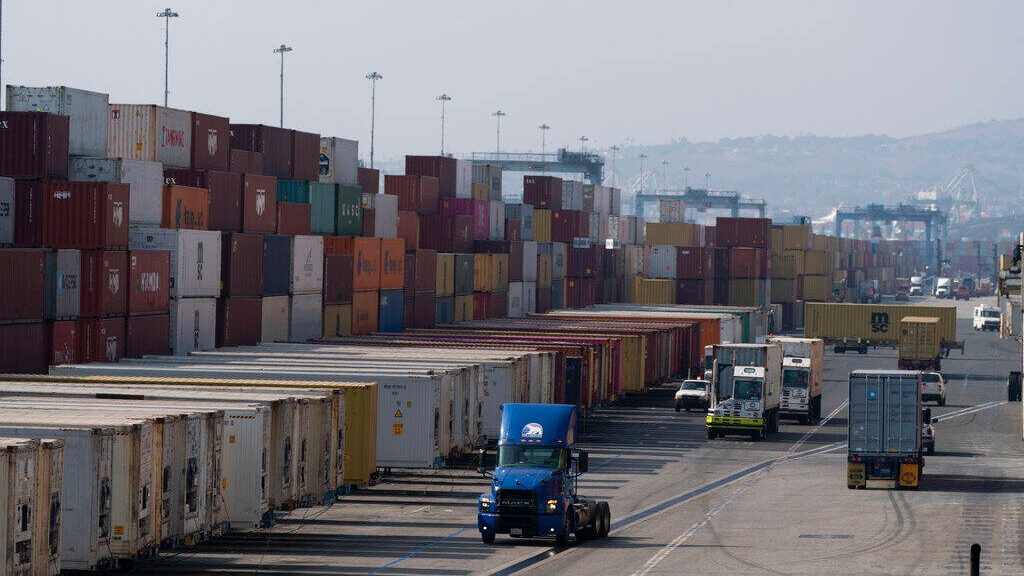Supply Chain Interdiction: The Mysterious Case of Exploding Pagers
As the world economy became increasingly globalized, supply chains also became more global. As a consequence, never in our industrial economic history had competition become so intense so quickly. North American companies compete not only with other North American companies, but also with companies around the globe. This has resulted in the expansion of the United States economy in many important sectors.
Manufacturing also became global. Commodities created from raw materials hailing from one part of the world, built in factories located in another part of the world, combined and bundled with other commodities located in still other parts of the world, were sold to consumers from Tokyo to Berlin.
Materials, components, and products can cross multiple geographies and regions in their journey through the supply chain, due to different tax structures, logistical efficiencies, and labor arbitrage differences. Therefore, depending on the product, demand, capacity, and other factors, companies can source materials and components for their products from other geographical regions, or may do so from local suppliers. The ability to coordinate with worldwide partners has increased because of the diffusion of the internet. Global sourcing has also increased. The majority of electronics sold in the U.S. are now produced in Asia, not in North America. As supply chains became more complex, however, it also became more difficult to find out exactly where materials, components, and products travelled in their path through the chain because, also by virtue of the internet, nearly anyone could become a seller or buyer at any point along the supply chain.

These complex supply chains make it increasingly easy for nefarious activities to be inserted into any point along the chain. This type of activity is called supply chain interdiction, and refers to the activities involved in interfering with the normal, designed processes of any supply chain. Interdiction can result in counterfeits being inserted into the distribution channel, sabotaging products, cyberhacking, data gathering, or any other type of illegal activity.
In the last few years, this potential for interdiction has only escalated, as companies like Amazon and Alibaba have made global competition more important than ever. (This has also led to other problems, such as increased sales of counterfeit products). Moreover, as cost competition has increased, organizations have “outsourced” more of their functions, to lower cost suppliers that are located in areas all over the world. More companies than ever before have outsourced their manufacturing capabilities to organizations called “contract manufacturers.” As Table 1, below, demonstrates, many are now headquartered in Asia. Even those that are headquartered in the United States, including Flextronics, Jabil, and Sanmina, have the majority of their factories in Asia (and some in Eastern Europe).
Table 1
| Company | Rank 2017 | Rank 2016 | Nationality |
| HonHai Precision Industry (Foxconn) | 1 | 1 | Taiwan |
| Pegatron | 2 | 2 | Taiwan |
| Flextronics | 3 | 3 | USA |
| Jabil | 4 | 4 | USA |
| Wistron | 5 | 7 | Taiwan |
| Sanmina | 6 | 5 | USA |
| Celestica | 7 | 6 | Canada |
| New Kinpo Group | 8 | 8 | Taiwan |
| USI | 9 | 11 | China |
| Venture | 10 | 13 | Singapore |
That contract manufacturers are now predominantly located in Asia reflects not only the shift in manufacturing from Europe and the United States to Asia, but also the shift in the location of the consumption of many finished electronic goods to Asia. In countries such as China, income and discretionary spending have increased at an unprecedented rate since 2000.[1]
- Although these contract manufacturers are located in Asia, they produce and distribute final products for major global brands, including Samsung, Apple, GE, Dell, Ford, Lenovo, Siemens, and other recognizable global brands, both locally and worldwide. With these shifts in global manufacturing, the structure of supply chains has also shifted.
- We make three observations about supply chains here. First, increasing outsourcing to other countries is ubiquitous in the modern electronics industry, and emerged in response to the challenges presented by worldwide competition and rapidly changing technology and customer expectations. Second, in industries characterized by worldwide competition and rapid change, it is increasingly difficult to know or influence exactly who you are dealing with across multiple tiers of the supply chain, or how they are using the materials, components, or products you provide. Third, there are many different players involved in supply chains beyond a single manufacturer of products. Uncovering the real nature of the supply chain in the case of exploding pagers in Lebanon will likely remain a mystery.
- A few entities like Walmart have achieved near total control over their supply chains.[1] But Walmart is the exception. The vast majority of individual firms, including very large firms, do not have the same market power — and therefore capability — to manage all aspects of their supply chains, particularly since supply chains often include multiple firms with potentially conflicting objectives. Essentially no commodity or upstream component suppliers of which I am aware have such control or capability.
- While Walmart is one instance in which a single, powerful firm took primary responsibility for improving performance across its own supply chain and had the power to do so, nearly all companies in a modern global supply chain will only work with their immediate upstream suppliers and their immediate downstream customers. (This is sometimes referred to as “Tier 1” suppliers/customers.) They rarely have the ability to control or influence parties that are beyond this immediately-adjacent level. A second step removed is, in most cases, where a company’s insight and influence ends. This is particularly the case in industries — like manufacturing of pagers at issue in this case — where there are many competitors and the entities are not sole-source suppliers, but instead compete with other international firms to provide materials, components, or products to the same customer. As competition rises, the ability of any supplier of components to influence the activity of Tier 1 and later users diminishes. Notably, the WSJ reports that Gold Apollo operates in a very competitive space involving a low margin low volume product. As such, for companies in this space, there is often very little visibility and influence beyond “Tier 1” entities in a supply chain. Tier 1 was BAC Consulting, a shell company in Bulgaria, and Tier 2 was Norta Global, in Norway. But even now, it is not clear how these shell companies were tied to the output of pagers.
[1] Yuval Atsmon and Max Magni, “Meet the Chinese Consumer of 2020,” McKinsey Quarterly (March 2012), available at https://www.mckinsey.com/featured-insights/asia-pacific/meet-the-chinese-consumer-of-2020.
[2] Stalk, Evans & Shulman (1992), “Competing on capabilities: The new rules of corporate strategy”, HBR, Vol. 70, no. 2, pp. 57-69.


